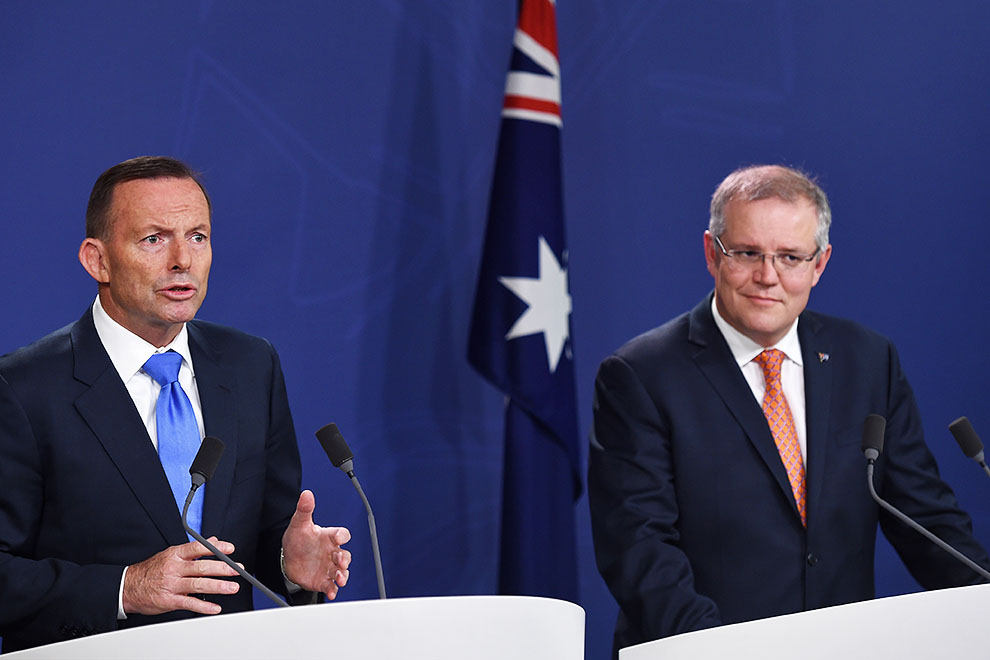Only two days before its second budget, the Abbott government marked Mother’s Day by releasing details of proposed changes to parental leave and childcare payments. The sting in the tail came with the announcement that parents will no longer be able to apply for government-funded paid parental leave – which amounts to eighteen weeks at the minimum wage – if they have access to an equivalent scheme through their workplace.
This is one source of the savings intended to fund an overhaul of childcare payments and the introduction of a new and simpler Child Care Subsidy. Other funds would come from changes to family tax benefits, or FTB. Labor expects the government to tie its Jobs for Families package, of which childcare reforms represent an important component, to benefit cuts introduced last year but blocked by the Senate. Those measures would have reset the value of end-of-year supplements for all FTB families and paused the indexation of rates and thresholds for two years.
As the fairness of these and other FTB changes come under scrutiny in the coming weeks, it’s worth remembering that the Rudd government’s 2009 pension reforms saved money by limiting indexation of FTB Part A maximum rates to CPI. Prior to this, FTB-A maximum rates had, like pensions, increased in line with prices or wages growth, whichever was higher.
Last year the government proposed to index pension rates by CPI only. This measure proved one of the most controversial of the budget, and to illustrate its compound effect Inside Story published an analysis showing that if the Rudd government had abolished wage indexation when it introduced its pension reforms in 2009, single pensioners – including age and disability support pensioners and people receiving the carer payment – would have forgone an increase of $64.20 per fortnight. The figure for pensioner couples was $96.80 per fortnight. Social services minister Scott Morrison has now confirmed that the government no longer plans to change pension indexation.
That hypothetical scenario for pensioners corresponds to what has actually occurred for families who receive FTB-A maximum rates of payment. The figures mirror those for pensions. If the pre-2009 indexation arrangements were still in force, families on FTB-A maximum rates would today be receiving $20.50 per fortnight more for each child aged twelve or younger and $26.67 more for each child thirteen or older.
Many FTB-A families are nonetheless better off despite less generous FTB-A indexation. Changes introduced by the Gillard government to lift secondary school completion rates mean that families with children aged sixteen or older who are still at school receive the more generous “thirteen or older” maximum rate. This puts them up to $86.90 per fortnight ahead of the current FTB-A base rate.
With so many moving parts, the fairness of this budget will only be clear after detailed analysis of how real families will be affected by all of the proposed changes, not just by comparing the basic rates. None of the post-budget analysis will take into account losses due to FTB indexation, however, because those measures are now considered part of the status quo. Since 2009, families most in need of government support have been doing some heavy lifting to help the budget bottom line as a result of an indexation change which, when it came to pensions, proved too controversial. •




